It’s About How You Live
That’s the theme for this year’s National Hospice and Palliative Care Month, observed every November. But it’s so much more than that. Indeed, “how you live” lies at the very core of the hospice and palliative philosophy of care.
Both specialties are dedicated to supporting quality of life for patients and families facing serious, long-term illness. Palliative care is available at any stage of disease to help relieve pain, discomfort, and other symptoms while curative care continues. Hospice care can also include palliative care, but with more extensive services and support.
But there’s one choice that remains firmly in the hands of just about everyone: The decision to get palliative or hospice care when you need it, at low or no cost.
Unfortunately, not enough people take advantage of this valuable option.
Raising Awareness, Understanding
Hospice care is a type of specialized medical care that provides compassionate physical, emotional, spiritual and practical support to people in the advanced stage of illness. About 1.4 million patients receive hospice care each year, but so many more are eligible. In fact, out of all hospice patients nationwide, only 8.2 percent are African American, 6.4 percent are Hispanic, and just 2 percent are Asian. Native Americans account for less than 1 percent.
Many factors influence this low rate of participation, including:
- Lack of awareness;
- Less access to healthcare services;
- Cultural and religious attitudes towards death and dying;
- Assumptions about cost.
National Hospice and Palliative Care Month and the accompanying outreach helps address these concerns. And nonprofit Capital Caring Health (CCH)—one of the largest providers of hospice, advanced illness care, elder health, and at-home care services in Maryland, Virginia and Washington, D.C. —is doing its part. We’ve launched a community-wide awareness campaign that includes informative interviews with WTOP radio about hospice, palliative care, disparities in care, and how to stay well as you age in place.
Getting the Facts Right
While hospice’s benefits are greatly appreciated by those who have used it, time and again families tell us—and hospices across the country—they wish they’d known about the option earlier.
What kept them, and others, from selecting the hospice care benefit?
Most likely, the answer lies in myths, misunderstanding, and misinformation. Here are the facts:
- Hospice is a philosophy, with a person-centered approach to care.
Hospice is high-quality, holistic care that enables patients and families to focus on living as fully as possible despite a life-limiting illness. Care focuses on managing pain and other symptoms; emotional and spiritual support helps patients and families face the most challenging of times. When a loved one is at the end of life and a cure is no longer possible, hospice care may be the right option.
- With hospice care, you stay at home, not in the hospital.
In short, we go where you are, not the other way around. At CCH, 95 percent of hospice patients receive care at home. Most often, “home” is a private residence, although long-term care facilities, assisted living centers, and other settings are also included.
Of course, when needs are more intensive, inpatient care is also available in a free-standing hospice center or a special, hospital-based unit. CCH has 57 in-patient beds throughout our service area for such special circumstances.
- Hospice offers meaningful support to family caregivers; it doesn’t replace them.
“Taking care of our own,” particularly elders, is central to many cultures. With hospice or palliative care, family members continue their key caregiving and decision-making role, while CCH manages clinical care. We also make sure patients and families have everything they need including prescription drugs, medical equipment—such as oxygen or a hospital bed—and all other supplies, right there in the home.
Hospice also directly helps caregivers through pastoral care, counseling, support groups and more. For example, additional training and advice can give caregivers more confidence as they provide daily care, reducing stress, depression, and a sense of being overwhelmed.
Lastly, hospice assures that neither patients nor caregivers are ever alone. Help is available 24/7, and grief support is provided for a full year following a loss.
- Hospice is fully covered by Medicare, health plans and most Medicaid programs.
Many people wrongly assume that hospice care is expensive, and that they’ll have to pay for it out of their own pockets. As a result, they don’t explore hospice as an option.
But in most cases, coverage pays for everything (or just about), so you can take advantage of this extra level of care.
In fact, hospice coverage is the most generous of all Medicare benefits. With Medicare Part A and selection of a Medicare-certified hospice like CCH, care is covered 100 percent. Private health plans also offer hospice coverage as do many Medicaid programs. Check with your individual carrier for details.
- Hospice is about living as well as possible, as long as possible; it is not “giving up.”
Hospice brings dignity, comfort, and respect at the end of life. Not a last resort, choosing to enter hospice means a patient and family have made a deliberate decision to focus on quality of life and what matters most. By working with each patient and family, CCH develops a care plan for their unique situation, including offering activities such as art, music, and in some cases pet therapy for relaxation and enjoyment.
Hospice allows families to spend time together, at home, rather than rushing to the hospital where in-person visits and good-byes are no longer possible due to COVID-19.
- Hospice is for everyone!
Capital Caring Health offers unconditional care to everyone regardless of race, religion, ethnicity, culture, mental health status, disability, age, sexual orientation, or gender expression. While most hospice patients are seniors, CCH also provides care to children from infants to young adults.
As a non-profit, CCH also does not deny care to anyone who lacks coverage or the financial means to pay for services. In fact, we spend more than $3 million each year to care for patients in need, assuring that everyone can get the compassionate, end-of-life care they deserve.
Hospice care is open to anyone with an advanced illness and certification from a physician that he or she has a life expectancy of six months or less. However, with physician recertification, many patients have remained in hospice much longer.
In the end, hospice is about how you live, all the more important when time to spend with loved ones is limited.
To learn more about CCH hospice care and other services, please call our 24-hour helpline (800) 869-2136, visit https://www.capitalcaring.org/ and use our live chat feature or explore our many online resources here.


 Dr. Cheryl-Lynne McCalla, DO
Dr. Cheryl-Lynne McCalla, DO Kathleen Ramkaran, RN, CCM
Kathleen Ramkaran, RN, CCM Hali Gantumur
Hali Gantumur Yasmin
Yasmin  Jennifer Olsen GNP-BC
Jennifer Olsen GNP-BC Meena Raj, MD,
Meena Raj, MD, 

 Kimberly Grove
Kimberly Grove
 Pat Bishop
Pat Bishop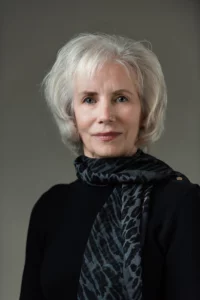 Elizabeth Ariemma
Elizabeth Ariemma Ray Jay Garcia, M.D.
Ray Jay Garcia, M.D.
 Heidi Young
Heidi Young Matt Kestenbaum
Matt Kestenbaum
 Anne Silao-Solomon, M.D.
Anne Silao-Solomon, M.D.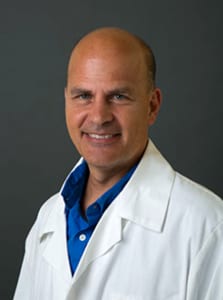 Matthew Irwin, M.D., M.S.W.
Matthew Irwin, M.D., M.S.W.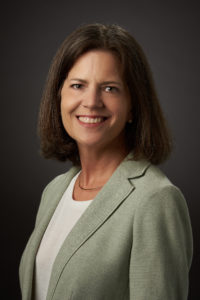 Catherine McGrady, RN, MSN, is Vice President, Clinical Programs at Capital Caring Health. In this role she is responsible for the development, implementation, and monitoring of clinical programs in support of high-quality patient-centered care delivery across the continuum of services. Catherine also manages external partnerships including Capital Caring Health’s participation in ACOs and other value-based clinical programs
Catherine McGrady, RN, MSN, is Vice President, Clinical Programs at Capital Caring Health. In this role she is responsible for the development, implementation, and monitoring of clinical programs in support of high-quality patient-centered care delivery across the continuum of services. Catherine also manages external partnerships including Capital Caring Health’s participation in ACOs and other value-based clinical programs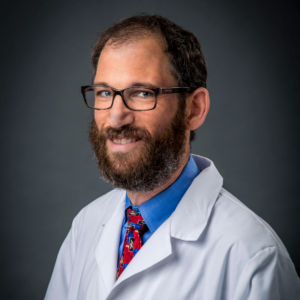 Jason Sobel, MD
Jason Sobel, MD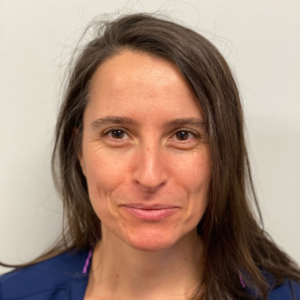 Kremena Bikov
Kremena Bikov Stacy Brown
Stacy Brown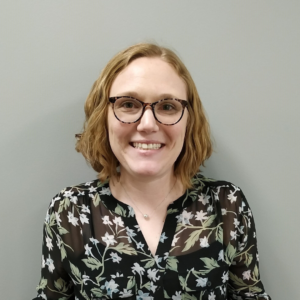 Jackie Gouline
Jackie Gouline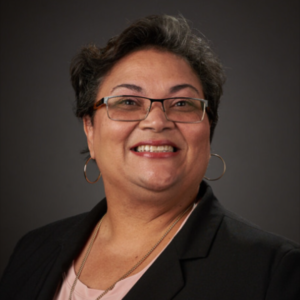 Susan Roberts
Susan Roberts Brenan Nierman
Brenan Nierman Annette Lindsay
Annette Lindsay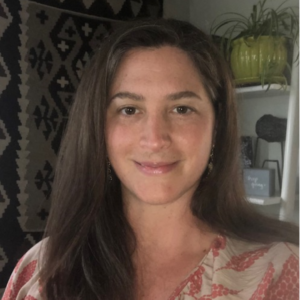 Shannon Collier
Shannon Collier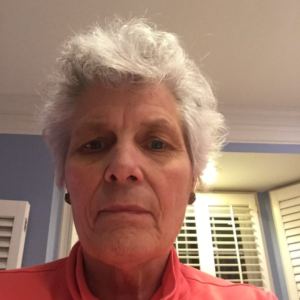 Carla Thompson
Carla Thompson Gabby True
Gabby True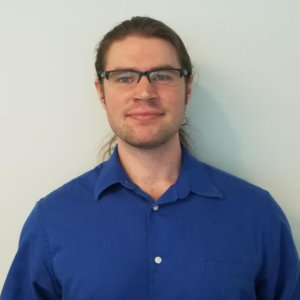 Evan Kirschner
Evan Kirschner Margaret Doherty
Margaret Doherty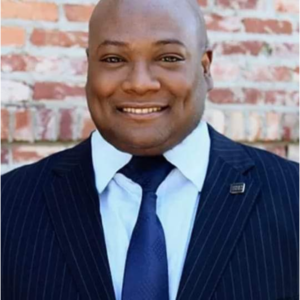 Henry Fuller
Henry Fuller Jennifer Godwin
Jennifer Godwin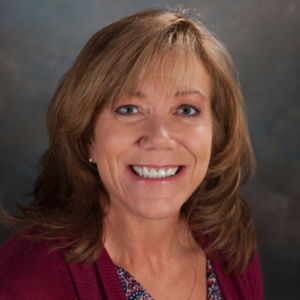 Sally Hughes
Sally Hughes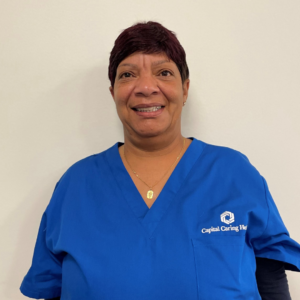 LaWanda Middleton
LaWanda Middleton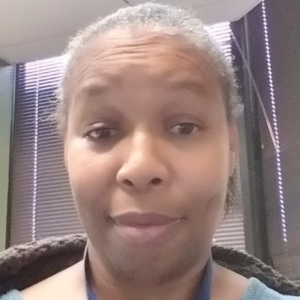 Hope Collazo
Hope Collazo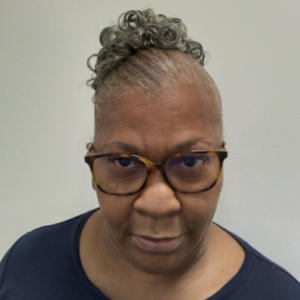 Odessa Simpson
Odessa Simpson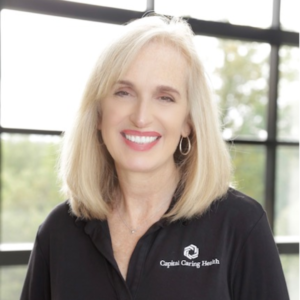 Anne Young
Anne Young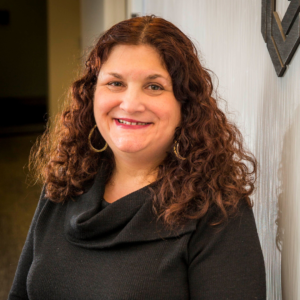 Sherri Parker
Sherri Parker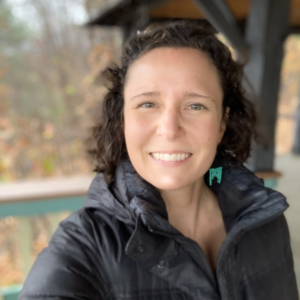 Catherine Kravolec
Catherine Kravolec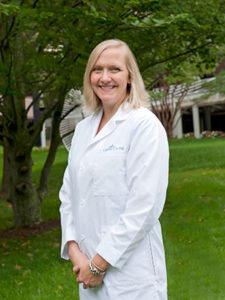 Heidi Young, M.D.
Heidi Young, M.D.
 Hank Willner, M.D.
Hank Willner, M.D. Audrey Easaw
Audrey Easaw Julia Feldman
Julia Feldman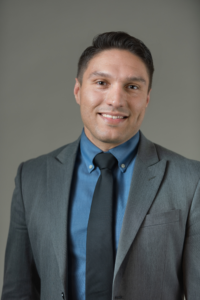 Gus has been a part of the Capital Caring Health family for nearly fifteen years. Ten of those years have been in leadership, working with colleagues and co-workers to achieve the best in their ability while promoting CCH core values. Gus has a background in nursing and a lifelong passion for technology. In each position at CCH, Gus has found ways to integrate technology to enhance outcomes and job satisfaction.
Gus has been a part of the Capital Caring Health family for nearly fifteen years. Ten of those years have been in leadership, working with colleagues and co-workers to achieve the best in their ability while promoting CCH core values. Gus has a background in nursing and a lifelong passion for technology. In each position at CCH, Gus has found ways to integrate technology to enhance outcomes and job satisfaction.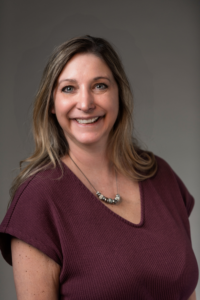
 Linda Biedrzycki
Linda Biedrzycki Joe Murray
Joe Murray Lin Maurano
Lin Maurano Laura Branker
Laura Branker Cameron Muir, M.D.
Cameron Muir, M.D.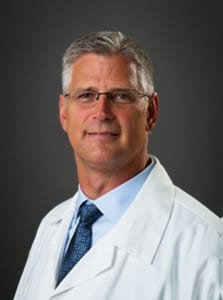 Cameron Muir, M.D.
Cameron Muir, M.D. Fellowship
Fellowship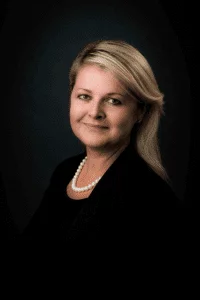 Lee-Anne West, M.D.
Lee-Anne West, M.D.
 Steve Cone
Steve Cone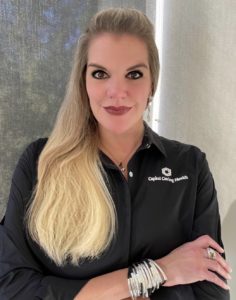

 Kieran Shah
Kieran Shah Altonia Garrett
Altonia Garrett Jason Parsons
Jason Parsons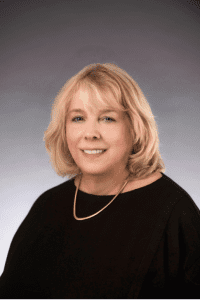 Nancy Cook
Nancy Cook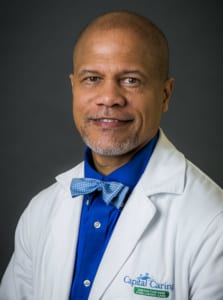 Michael Byas-Smith, M.D.
Michael Byas-Smith, M.D.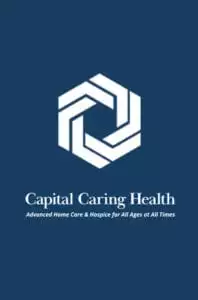 Olubukola Bolaji, M.D.
Olubukola Bolaji, M.D. Jennifer Gerhard, D.O.
Jennifer Gerhard, D.O.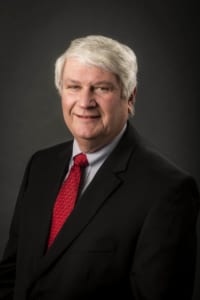 Hershell Foster
Hershell Foster Michael Toohig’s Story
Michael Toohig’s Story Liberating Europe
Liberating Europe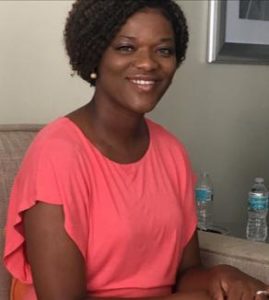 Marrygold Ugorji’s Story
Marrygold Ugorji’s Story Sherri Parker, Team Leader Medical Social Worker
Sherri Parker, Team Leader Medical Social Worker Colleen Carberry, RN Case Manager
Colleen Carberry, RN Case Manager Paulette Davidson, Chaplain
Paulette Davidson, Chaplain Donna Smith
Donna Smith Tabitha Gingerich, NP
Tabitha Gingerich, NP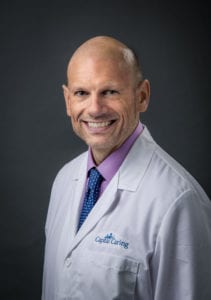 Dwayne Barton, NP
Dwayne Barton, NP Caitlin Geary
Caitlin Geary Sayaka Hanada
Sayaka Hanada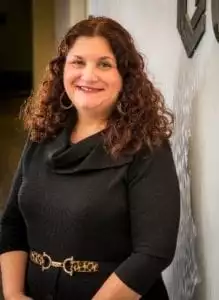 Sherri Parker
Sherri Parker
 Mandy Brouillard
Mandy Brouillard Tamara Barnes, M.D.
Tamara Barnes, M.D.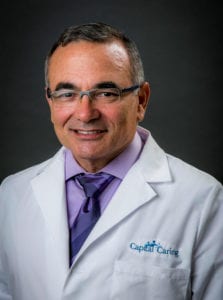 Alan Goldblatt, M.D.
Alan Goldblatt, M.D.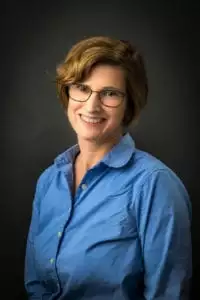 Amanda Keerbs, M.D.
Amanda Keerbs, M.D.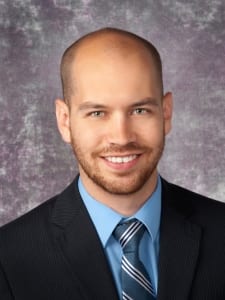 Adam Knudson, M.D.
Adam Knudson, M.D.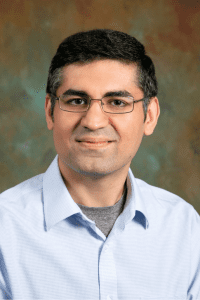 Peyman Mamdouhi, D.O.
Peyman Mamdouhi, D.O. John McCue, D.O.
John McCue, D.O. Christopher Pile, M.D.
Christopher Pile, M.D. Maleeha Ruhi, M.D.
Maleeha Ruhi, M.D. Mohammad Saleem, M.D.
Mohammad Saleem, M.D. Jason Sobel, M.D.
Jason Sobel, M.D.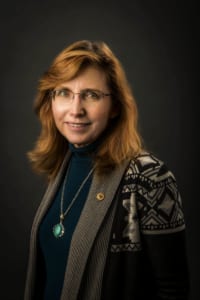 Carolyn Richar
Carolyn Richar Susan Boris
Susan Boris Keith Everett
Keith Everett Vivian Hsia-Davis
Vivian Hsia-Davis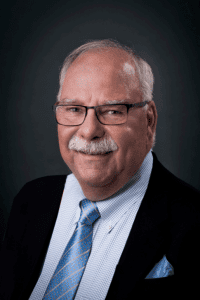 David Schwind
David Schwind Eric De Jonge, M.D.
Eric De Jonge, M.D.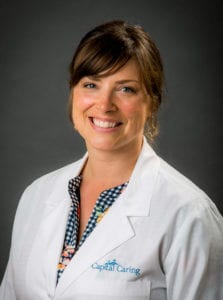 Melissa McClean, N.P.
Melissa McClean, N.P. Shaz Anwar, D.O.
Shaz Anwar, D.O. Petros
Petros  Neil Parker’s Story
Neil Parker’s Story Sulaiman Bangura’s Story
Sulaiman Bangura’s Story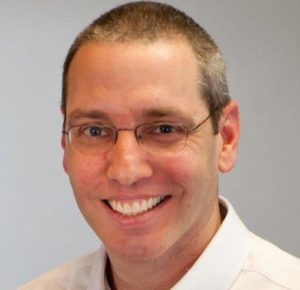 Steven Skobel’s Story
Steven Skobel’s Story